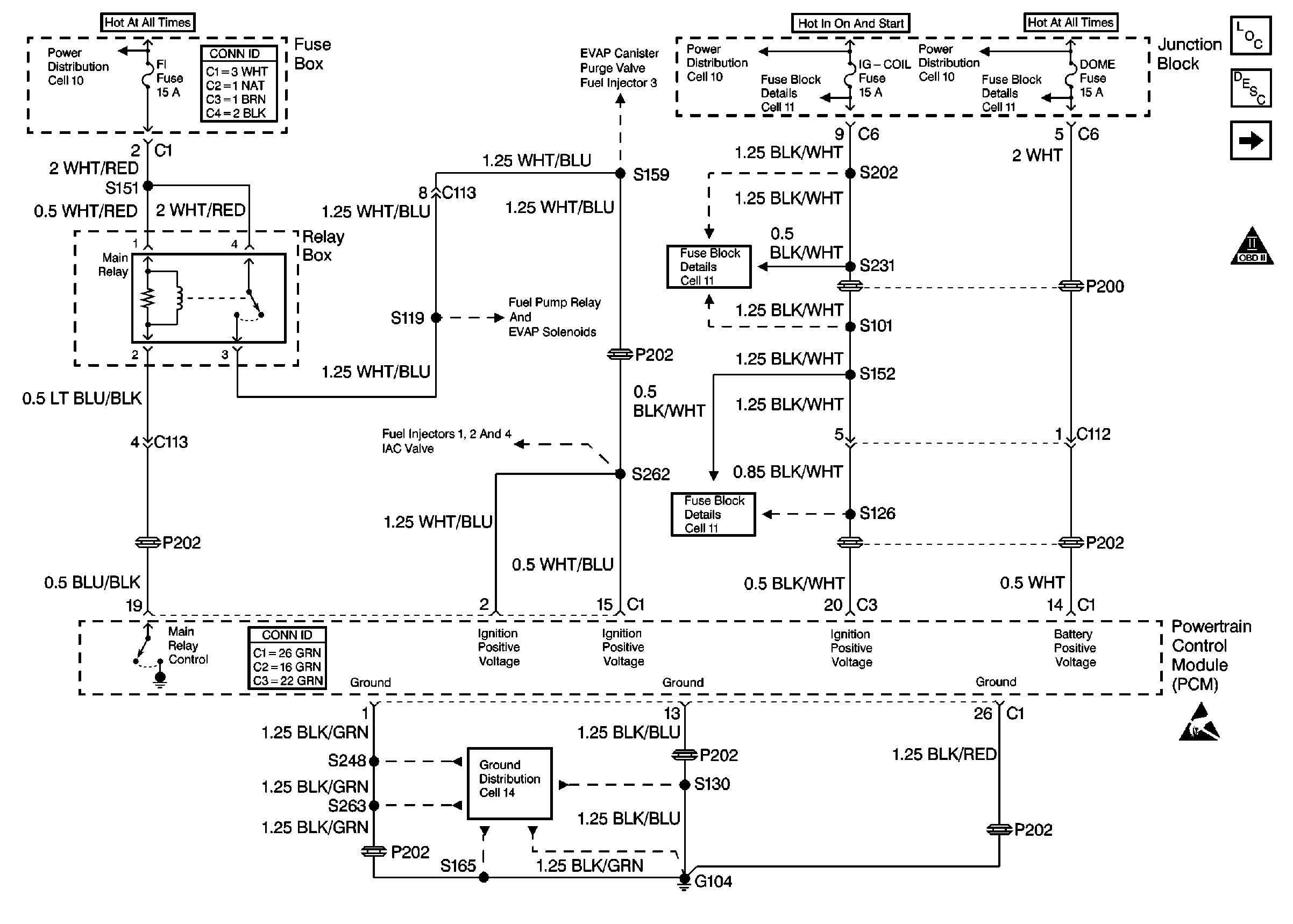DEFINITION: A steady pulsation or a jerky pulsation which
follows engine speed, usually increasing as the engine load increases. The
exhaust has a steady backfiring sound at idle, at a low speed, or on hard
acceleration.
|
Ignition System Checks
| Check for an ignition system misfire:
Important: DO NOT perform this test for more than 2 minutes in order to prevent
damage to the catalytic converter.
- Start the engine.
- Disconnect one fuel injector at a time while observing engine
RPM.
- An equal RPM drop on all cylinders, within 50 RPM, indicates
a common condition. Refer to
Rough, Unstable, or Incorrect Idle and Stalling
.
- If the RPM does not drop on one or more cylinders, a cylinder
specific condition is indicated. Check for a spark on the suspected cylinders
with J 26792
a spark tester
or with an equivalent.
- If there is not a spark present, refer to
Engine Cranks but Does Not Run
.
- If there is a spark, check the spark plugs for any of the following
conditions:
| - | A loose or bent terminal screw |
| - | A ceramic insulator that has cracks, has carbon tracking, or has
deposits |
| - | A tip insulator that has cracks, has carbon tracking, has deposits,
or is loose |
| - | A center electrode that is loose |
| - | An incorrect spark plug gap that is too large or too small. |
- If the ignition system components of the suspected cylinder pass
all checks, inspect the cylinder for mechanical faults or for fuel delivery
faults.
- Check that the spark plug wire resistance does not exceed 30,000
ohms.
- Check the ignition system for moisture, for dust, for cracks,
or for burns.
- Run the engine, and spray the secondary ignition system with water
in order to check for secondary voltage shorts.
- Check the reference signal from the CKP sensor with a scan tool.
Observe the engine speed parameter while operating the engine at the speed
of the concern. The scan tool should indicate steady RPM readings and linear
RPM readings while running. If sudden increases or decreases in engine speed
are displayed, the engine reference signal is not stable enough for the engine
to run correctly. Check for a short to ground in the ignition reference low
circuit of the CKP sensor. A short to ground in the ignition reference low
circuit of the CKP sensor will cause a faulty engine reference signal to
be sent to the PCM. However, this will not set a CKP sensor DTC.
|

